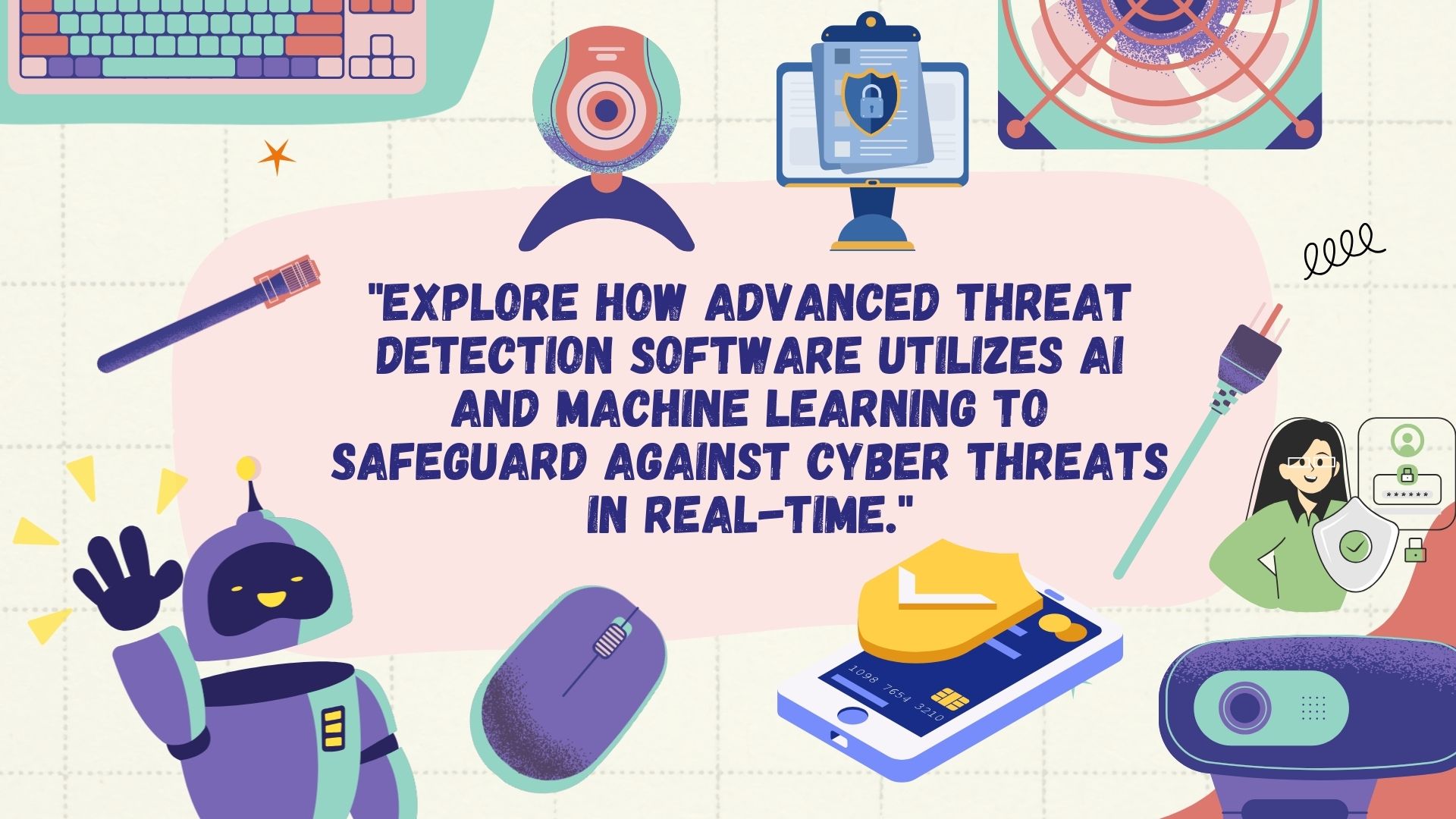
Introduction
In an increasingly digitized world, cybersecurity has become a paramount concern for individuals, businesses, and governments alike. The proliferation of sophisticated cyber threats, including malware, ransomware, and phishing attacks, underscores the urgent need for robust security measures to safeguard sensitive data and infrastructure. Enter advanced threat detection software – a cutting-edge technology that leverages artificial intelligence and machine learning algorithms to detect and mitigate cyber threats in real-time. This article explores how advanced threat detection software is revolutionizing cybersecurity, enhancing protection against evolving threats, and fortifying defenses in an ever-changing digital landscape.
The Evolution of Cyber Threats
Cyber threats have evolved dramatically in recent years, becoming increasingly sophisticated and difficult to detect. Traditional security measures such as firewalls and antivirus software are no longer sufficient to combat the diverse array of threats targeting organizations’ networks and systems. Cybercriminals employ advanced tactics such as polymorphic malware, zero-day exploits, and social engineering techniques to bypass traditional defenses and infiltrate networks undetected. As a result, organizations must adopt a proactive approach to cybersecurity, leveraging advanced threat detection software to identify and neutralize threats before they cause harm.
Understanding Advanced Threat Detection Software
Advanced threat detection software employs a combination of advanced technologies, including artificial intelligence, machine learning, and behavioral analytics, to identify anomalous behavior and patterns indicative of cyber threats. Unlike traditional signature-based detection methods, which rely on known patterns of malicious code, advanced threat detection software analyzes vast amounts of data to identify deviations from normal behavior and detect previously unseen threats. By continuously learning and adapting to emerging threats, these sophisticated solutions provide organizations with comprehensive protection against a wide range of cyber attacks.
Real-Time Threat Detection and Response
One of the key benefits of advanced threat detection software is its ability to detect and respond to cyber threats in real-time. By monitoring network traffic, endpoint devices, and user behavior in real-time, these solutions can identify suspicious activity and alert security teams to potential threats immediately. This proactive approach enables organizations to respond swiftly to cyber attacks, minimizing the impact and preventing data breaches or system compromises. Additionally, advanced threat detection software can automate threat response actions, such as isolating infected devices or blocking malicious traffic, further enhancing security posture and reducing the burden on security teams.
Enhanced Visibility and Situational Awareness
Advanced threat detection software provides organizations with enhanced visibility and situational awareness of their cybersecurity posture. Through comprehensive dashboards, reports, and analytics, security teams gain insights into emerging threats, attack trends, and vulnerabilities across the network and endpoints. This visibility enables organizations to prioritize security efforts, allocate resources effectively, and implement targeted security measures to mitigate risks. Furthermore, advanced threat detection software facilitates threat hunting activities, allowing security teams to proactively search for indicators of compromise and identify potential security gaps before they are exploited by attackers.
Scalability and Adaptability
Advanced threat detection software is highly scalable and adaptable, capable of protecting organizations of all sizes and industries against evolving cyber threats. Whether deployed on-premises or in the cloud, these solutions can scale to accommodate growing networks and workloads, providing seamless protection across distributed environments. Moreover, advanced threat detection software can adapt to changing threat landscapes and evolving attack techniques, ensuring that organizations remain resilient and prepared to defend against emerging threats.
Conclusion
In conclusion, advanced threat detection software is a critical component of modern cybersecurity strategies, offering organizations comprehensive protection against sophisticated cyber threats. By leveraging artificial intelligence, machine learning, and behavioral analytics, these solutions empower organizations to detect and respond to cyber attacks in real-time, enhance visibility and situational awareness, and scale to meet the evolving needs of the digital landscape. As cyber threats continue to evolve and proliferate, advanced threat detection software will play an increasingly vital role in safeguarding organizations’ data, infrastructure, and reputation from malicious actors.






